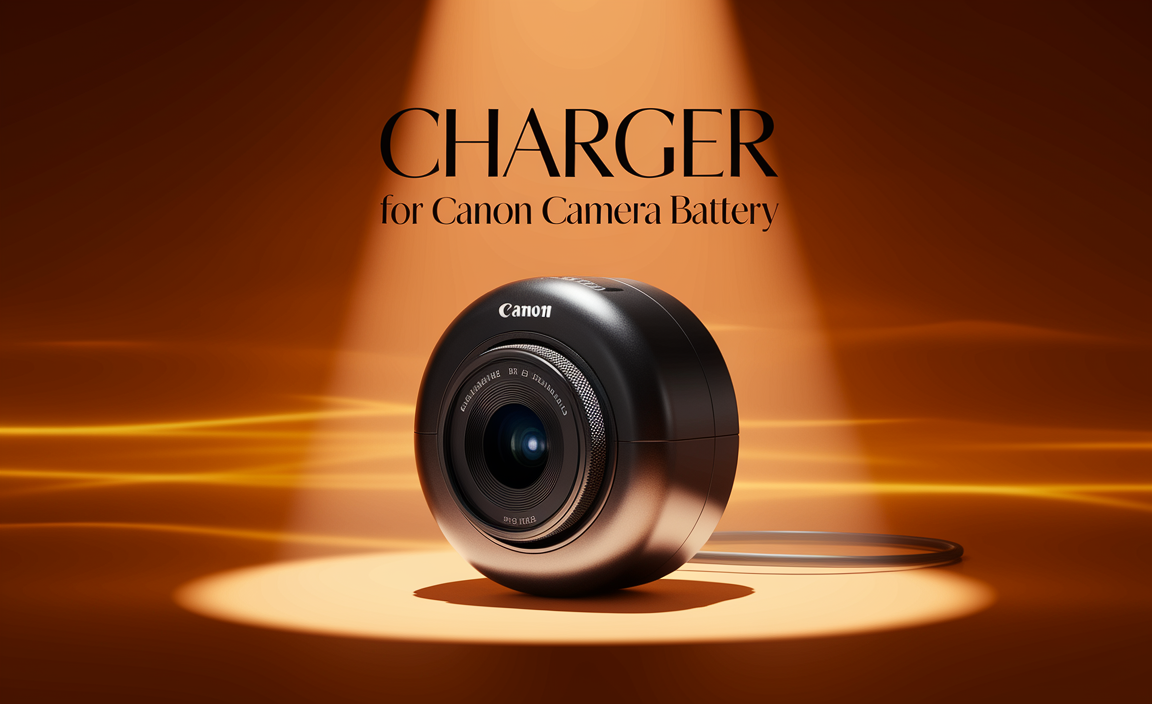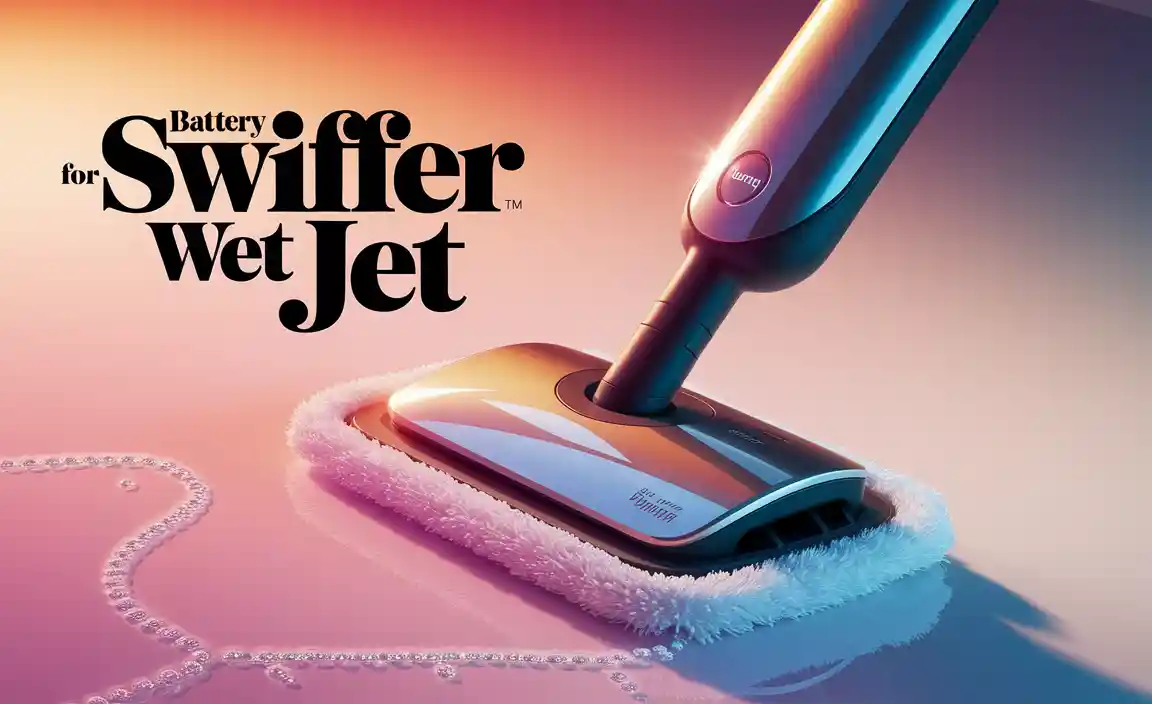Imagine trying to watch your favorite video online but there’s no internet. It can be quite frustrating, right? Sometimes, the problem is your network adapter. You might need to install or update its driver. But how do you do that? Don’t worry, it’s like a puzzle with only a few pieces. Did you know many people fix this in just a few steps? You can do it too. All you need is a bit of guidance.
How To Install Driver For Network Adapter: A Step-By-Step Guide When Setting Up A New Network Adapter Or Troubleshooting Connectivity Issues, Installing The Correct Driver Is A Critical Step. This Guide Will Walk You Through The Process Of Installing A Network Adapter Driver On Your Computer, Ensuring A Stable Connection And Peak Performance. Whether You’Re Upgrading Hardware Or Experiencing Sudden Connectivity Drops, Following These Steps Will Help You Get Your Network Adapter Up And Running Seamlessly. Identify Your Network Adapter Model Before You Can Install A Driver, You Need To Know The Specific Model Of Your Network Adapter. This Information Is Usually Available On The Packaging, In The Device Documentation, Or Via The Manufacturer’S Website. If You’Re Unsure, You Can Also Use The Device Manager On Your Computer To Find Out. Download The Appropriate Driver Once You’Ve Identified Your Network Adapter, Head To The Manufacturer’S Website To Download The Latest Driver Software. Alternatively, You Might Find A Universal Driver Provided By Your Operating System, But It’S Always Best To Use The Latest Version From The Manufacturer To Ensure Compatibility And Receive Any Performance Enhancements And Bug Fixes. Uninstall Old Or Corrupt Drivers If You Are Updating Or Replacing An Existing Driver, It’S A Good Practice To Uninstall The Old Driver First. Navigate To The Device Manager, Locate Your Network Adapter Under The “Network Adapters” Category, Right-Click It, And Choose Uninstall Device. This Step Helps Avoid Conflicts Between Old And New Drivers. Installing The New Driver There Are Two Main Ways To Install A New Network Adapter Driver: Manually Or Automatically. – **Manual Installation:** Locate The Downloaded Driver File, Usually A .Exe Format, And Double-Click It To Start The Installation Process. Follow The On-Screen Instructions To Complete The Setup. – **Automatic Installation:** You Can Also Allow Your Operating System To Search For And Install The Driver For You. Go To The Device Manager, Right-Click On Your Network Adapter, Select “Update Driver,” And Choose Search Automatically For Updated Driver Software. Verify Installation After Installing The Driver, It’S Important To Verify That The Network Adapter Is Functioning Correctly. Check Your Network Connection Status And Ensure That Your Device Can Connect To The Internet Without Any Issues. You Can Also Revisit The Device Manager, Click On Your Network Adapter, And See If It’S Listed As Running Properly. Troubleshooting Driver Issues If You Face Any Issues During Or After The Installation, Try The Following Steps: – Restart Your Computer To Ensure Any System Changes Take Effect. – Re-Download And Re-Install The Driver To Rule Out File Corruption. – Consult The Manufacturer’S Support Page Or Forums For Further Assistance. By Carefully Following These Steps, You Can Ensure That Your Network Adapter Driver Is Properly Installed, Which Should Solve Most Connectivity Issues And Optimize Your Network Performance.
How to Install Driver for Network Adapter
Installing a network adapter driver might seem tricky, but it’s not as hard as you think. First, identify your adapter’s model. Then, visit the manufacturer’s website to find the right driver. Sometimes, computers can automatically install drivers for you. Imagine it like magic! Always keep your drivers updated for the best performance. Did you know outdated drivers can slow your internet speed? Keep them updated to surf faster!Understanding Network Adapter Drivers
Definition and purpose of network adapter drivers. Importance of keeping drivers up to date.Imagine your computer is a car. It needs something to connect it to the internet. That’s where network adapter drivers come in. They’re like translators—they help the computer talk to the network. Without them, you can’t go online. Keeping drivers updated is very important too. Why? Just like we maintain cars, updated drivers improve internet access and fix problems. Stay safe online by ensuring updates regularly. It’s a small step, but it makes a big difference.
What are network adapter drivers?
Network adapter drivers are software that lets your device communicate with the network. They are crucial for internet connections and come pre-installed on most computers.Why should you update your network adapter drivers?
Updating keeps your internet connection fast and reliable. Old drivers can slow down your speed or create errors. New updates fix bugs and can improve security.Identifying Your Network Adapter
How to find the make and model of your network adapter. Why it’s essential to know your hardware specifications.Finding your network adapter details is key. It helps you pick the right driver. First, open your computer settings.
- Go to the “Device Manager” section.
- Look under “Network Adapters” to find the name and model number.
- Write these down for easy reference.
Knowing your hardware specs is crucial. It helps in solving connectivity problems. It also makes sure you download compatible software. Everyone likes things running smoothly, right?
How do I update my network driver?
You can update your driver in the “Device Manager.” Right-click on your adapter’s name. Choose “Update driver.” Follow the on-screen steps. You’ll get the latest version in minutes. Isn’t technology neat?Preparing Your System for a Driver Installation
Steps to take before installing a driver. Importance of backing up current drivers and system settings.Before you set out on your quest to install a network adapter driver, it’s crucial to prepare your system. Think of it as packing snacks for a long hike. First, check your current drivers and back them up. This is like saving your game before fighting the final boss. If things go sideways, you can easily reload and try again! Now, let’s not forget to jot down your system settings and stash them safely. Armed with this information, you’re all set to tackle any driver installation like a champ!
| Steps to Prepare | Importance |
|---|---|
| Backup Current Drivers | Allows for easy restoration |
| Note System Settings | Prevents configuration loss |
Downloading the Right Driver
Where to find the correct driver for your network adapter. Ensuring driver compatibility with your operating system.Ever wonder where your network adapter hides its secrets? It’s usually not under your bed! But, when it comes to finding the correct driver, head to the manufacturer’s website. Ensure the driver’s compatibility with your operating system, so they can have a smooth friendship! If you’re unsure, check the model number—it’s like finding Waldo but easier. Compatible drivers are key to avoiding tech tantrums. And remember, downloading from trustworthy sites is like eating your veggies—always a good choice!
| Step | Action |
|---|---|
| 1 | Identify network adapter’s make and model |
| 2 | Visit manufacturer’s website |
| 3 | Download and install the correct driver |
Accessing the right driver can seem like finding a needle in a haystack at first, but once you get the hang of it, it’s a breeze! Who knew tech could be this friendly?
Manual Installation of a Network Adapter Driver
Stepbystep guide to manually install a driver via Device Manager. Troubleshooting common installation errors.Installing a driver for your network adapter can be easy. Open Device Manager on your computer. Find the “Network Adapters” section. Right-click your adapter’s name. Select “Update driver.” Choose “Browse my computer for drivers.” This lets you find the driver file on your computer.
Did something go wrong? Try these tips:
- Restart your computer after installing the driver.
- Check if you picked the right driver for your adapter.
- Ensure the driver is not corrupted or outdated.
Is the network adapter driver necessary for connecting to the internet?
Yes, it is essential. Without the right driver, your adapter may not work, making internet connections tricky.What should you do if manual installation fails?
Try these steps:- Make sure the driver file is correct.
- Visit the manufacturer’s site for help.
- Run a compatibility troubleshooter for your system.
Using Manufacturer Software for Installation
The role of manufacturerprovided installation software. Advantages and disadvantages of using automatic installation tools.When tech wizards deliver some magic spells, they call it manufacturer software—more eloquently known as installation software. This digital wizardry installs drivers for your network adapter like Tinkerbell sprinkling fairy dust. Automatic tools are super helpful. They save time and avoid brain cramps but may not always tap-dance perfectly to your PC’s tunes. On one hand, these tools sparkle for efficiency; on the other, they might hiccup with compatibility on cloudy days.
| Pros | Cons |
|---|---|
| Easy to use | May not support all devices |
| Saves time | Can miss updates |
Updating an Existing Network Adapter Driver
How to update drivers through Windows Update. Checking for updates via the manufacturer’s website.Updating a network adapter driver is simple. Let’s explore two methods:
- Windows Update: Open Settings. Navigate to “Update & Security.” Click on “Check for updates.” If a new driver is available, install it.
- Manufacturer’s Website: Visit the website of the manufacturer. Look for “Support” or “Downloads.” Find your network adapter model. Download and install the latest driver.
How can you check for driver updates?
To check for driver updates, use Windows Update or visit the manufacturer’s website regularly. This ensures your network adapter works well.
Dealing with Installation and Connectivity Issues
Common problems and solutions after driver installation. How to revert to a previous version of a driver.Fixing network driver issues can be tough, but it’s manageable. Sometimes, after installing the driver, problems like slow internet or no connection might pop up. In these cases, check if the driver is compatible or conflicts with other software.
- If there’s a problem, try reverting to an older driver version.
- Go to the device manager, find the network adapter, and choose “Roll Back Driver.”
How can you fix common network driver problems?
Update or change the driver. Go to the manufacturer’s website for the latest version. If issues persist, restart the computer or reset the network settings. This sometimes solves the connectivity problems. Remember, simple solutions can save time and stress.
Can reverting the driver help?
Yes, rolling back may solve the issue. If a new driver causes problems, returning to a previous version often restores stability. It’s like hitting the ‘undo’ button for your network issues. Try it when new updates act up.
Best Practices for Maintaining Network Adapter Drivers
Frequency of driver updates for optimal network performance. Tools and resources for managing driver updates effectively.Keeping network adapter drivers happy is key to smooth surfing. Updating drivers often, maybe every few months, ensures top-notch performance. But don’t worry; you don’t have to do it alone. Driver management tools are your new best friends! They can automatically find and install updates for you. Resources like online forums and official websites are also great for finding updates and solving pesky issues.
| Frequency | Action |
|---|---|
| Every 3-6 months | Check for updates |
| As needed | Use driver tools |
Avoid forgetting updates by setting reminders, just like you do for feeding your goldfish. This proactive approach saves you from future tech hiccups and keeps your web adventures running smoothly. As we say: “Happy drivers, happy browsers!”
Conclusion
Installing a network adapter driver is easy. First, identify your adapter type. Next, download the right driver. Finally, follow on-screen instructions to install it. Now, try connecting to the internet. If issues arise, seek help from online tutorials or tech forums. Keep practicing these steps to become better at managing computer problems!FAQs
How Do I Identify Which Network Adapter Is Installed On My Computer Before Installing The Driver?To find out which network adapter is in your computer, you can use some simple steps. First, turn on your computer and go to the “Control Panel.” You can find it in the “Start” menu. Next, click on “Device Manager,” which shows all the devices in your computer. Look for “Network adapters” and click on it. There, you will see the name of your network adapter.
What Steps Should I Take If My Computer Cannot Detect The Network Adapter During Driver Installation?First, turn off the computer and then turn it back on. Check if the network adapter is plugged in properly. Next, make sure the driver you are using is the right one for the adapter. If it still doesn’t work, you might need some help to fix it.
Can I Install Network Adapter Drivers Without An Internet Connection, And If So, How?Yes, you can install network adapter drivers without the internet. First, use another computer with internet access. Download the driver onto a USB stick (a small device to store files). Connect the USB stick to the computer needing the driver. Copy and run the driver file to install it.
Where Can I Find The Latest And Most Compatible Drivers For My Specific Network Adapter Model?You can find the latest drivers (special computer programs) for your network adapter (the part that helps your computer connect to the internet) on the manufacturer’s website. First, find the brand of your network adapter, like Intel or Realtek. Then, visit their website and look for a section called “Support” or “Downloads.” Type in your adapter’s model number and download the newest drivers for it. Ask an adult if you need help.
What Are The Common Issues One Might Encounter After Installing A Network Adapter Driver, And How Can They Be Resolved?Sometimes, after installing a network adapter driver, your computer may not connect to the internet. A driver is like a helper program that makes devices work. You might see a message saying “No Internet.” To fix this, restart your computer first. If that doesn’t work, try reinstalling the driver or updating it from the internet when you have a connection.





